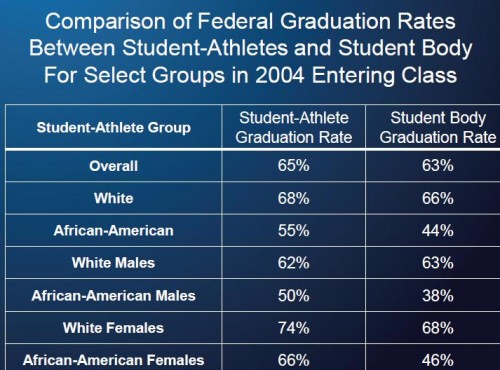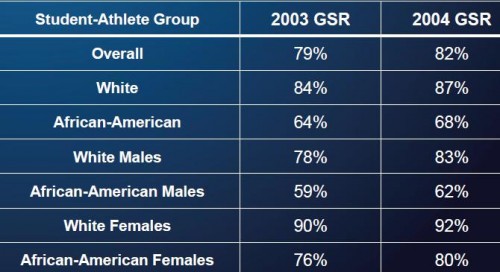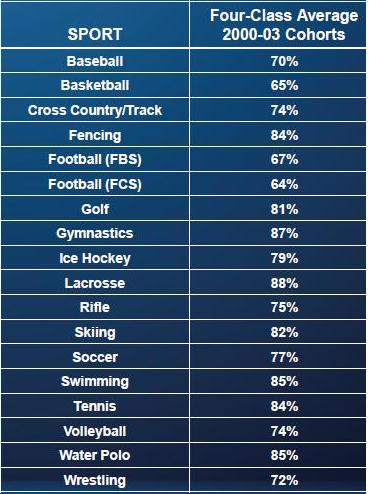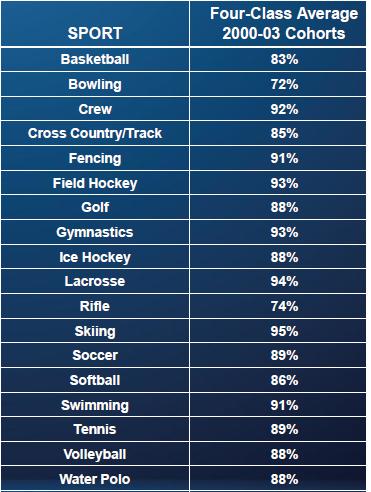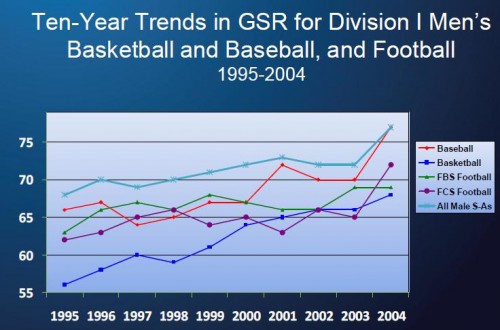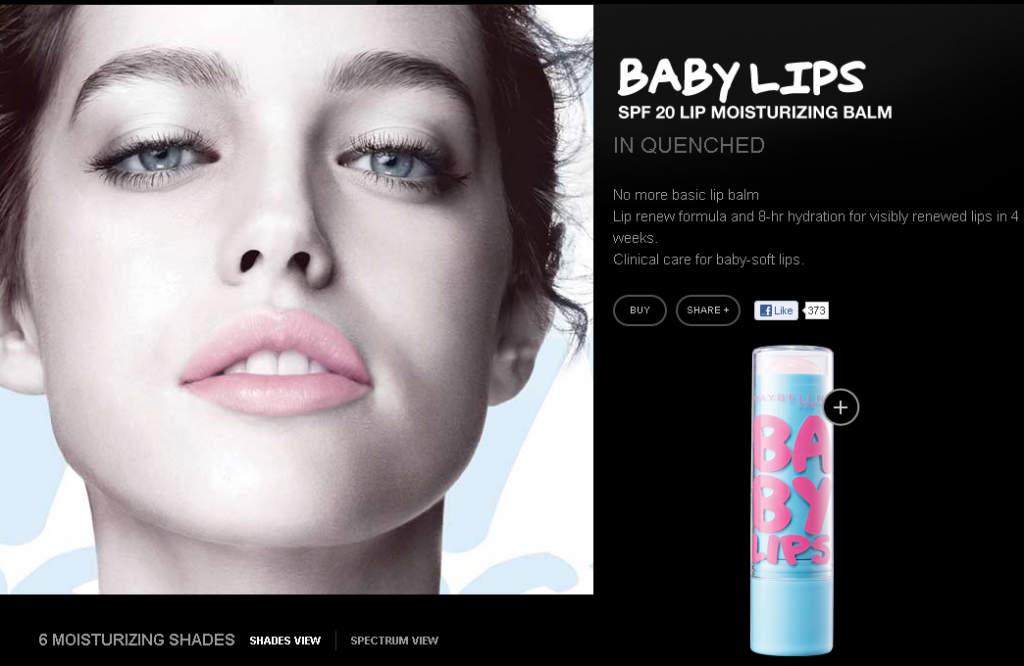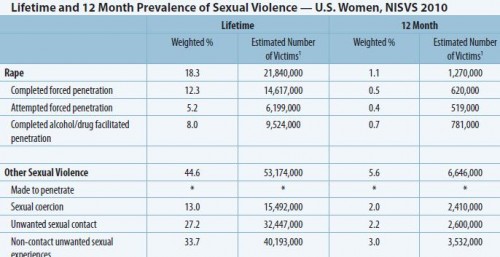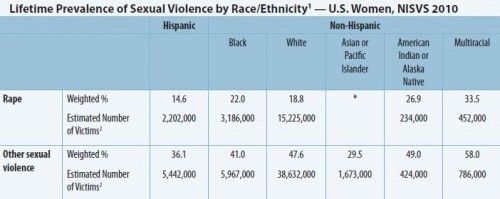 L. Edmondson sent in a commercial for Littlewoods, a catalog-based company in the U.K. Like much advertising around this time of year, it reminds us that holidays are women’s work. It is your mother who is responsible for buying gifts, but also for making holidays magical. So you know who to blame if you’re left unsatisfied.
L. Edmondson sent in a commercial for Littlewoods, a catalog-based company in the U.K. Like much advertising around this time of year, it reminds us that holidays are women’s work. It is your mother who is responsible for buying gifts, but also for making holidays magical. So you know who to blame if you’re left unsatisfied.
Lisa Wade, PhD is an Associate Professor at Tulane University. She is the author of American Hookup, a book about college sexual culture; a textbook about gender; and a forthcoming introductory text: Terrible Magnificent Sociology. You can follow her on Twitter and Instagram.



